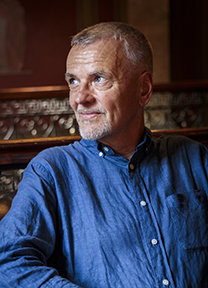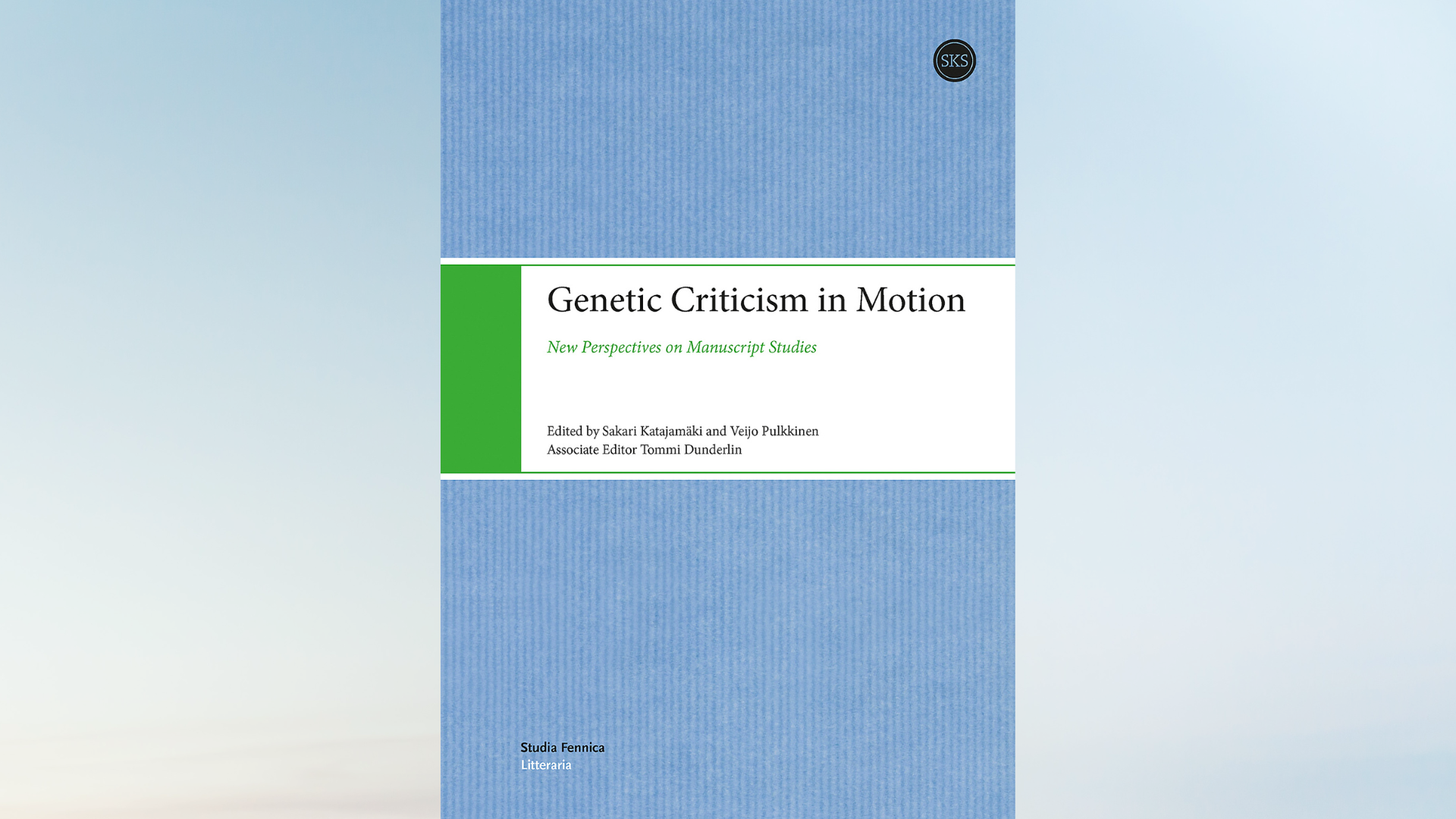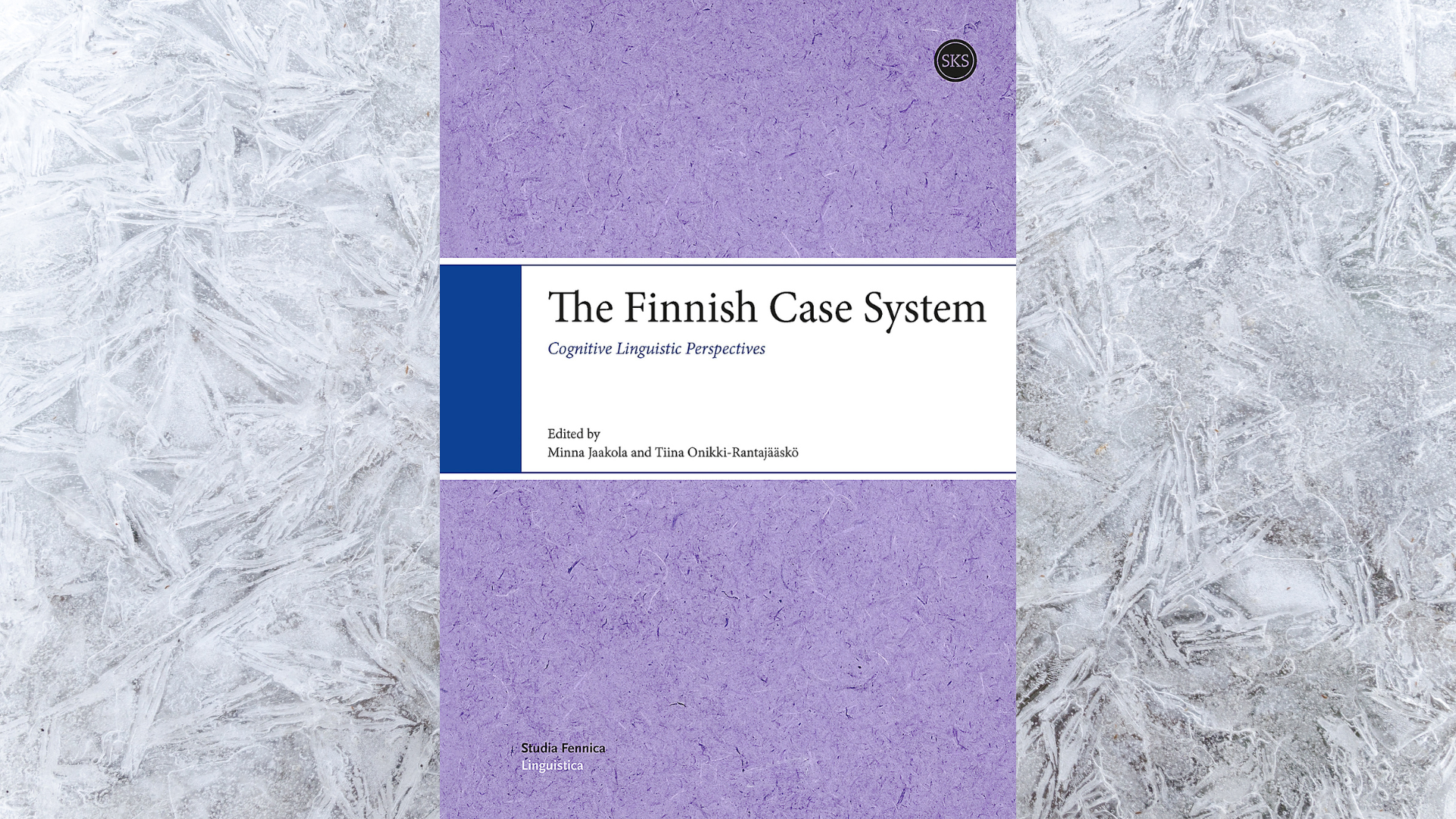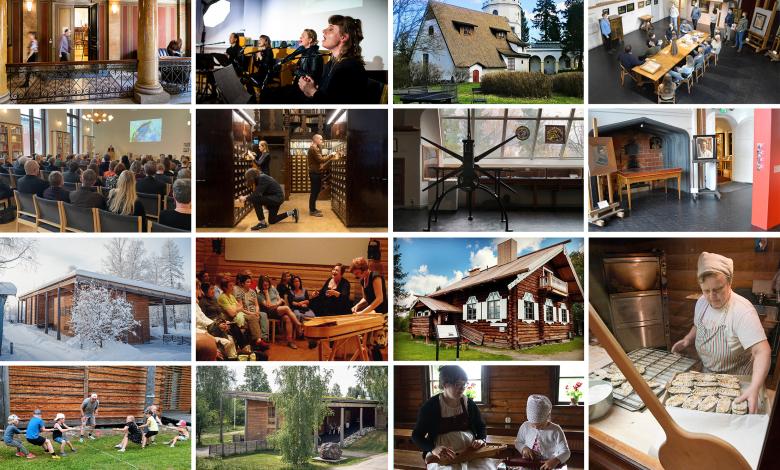The European Commission has awarded the Kalevala with the European Heritage Label
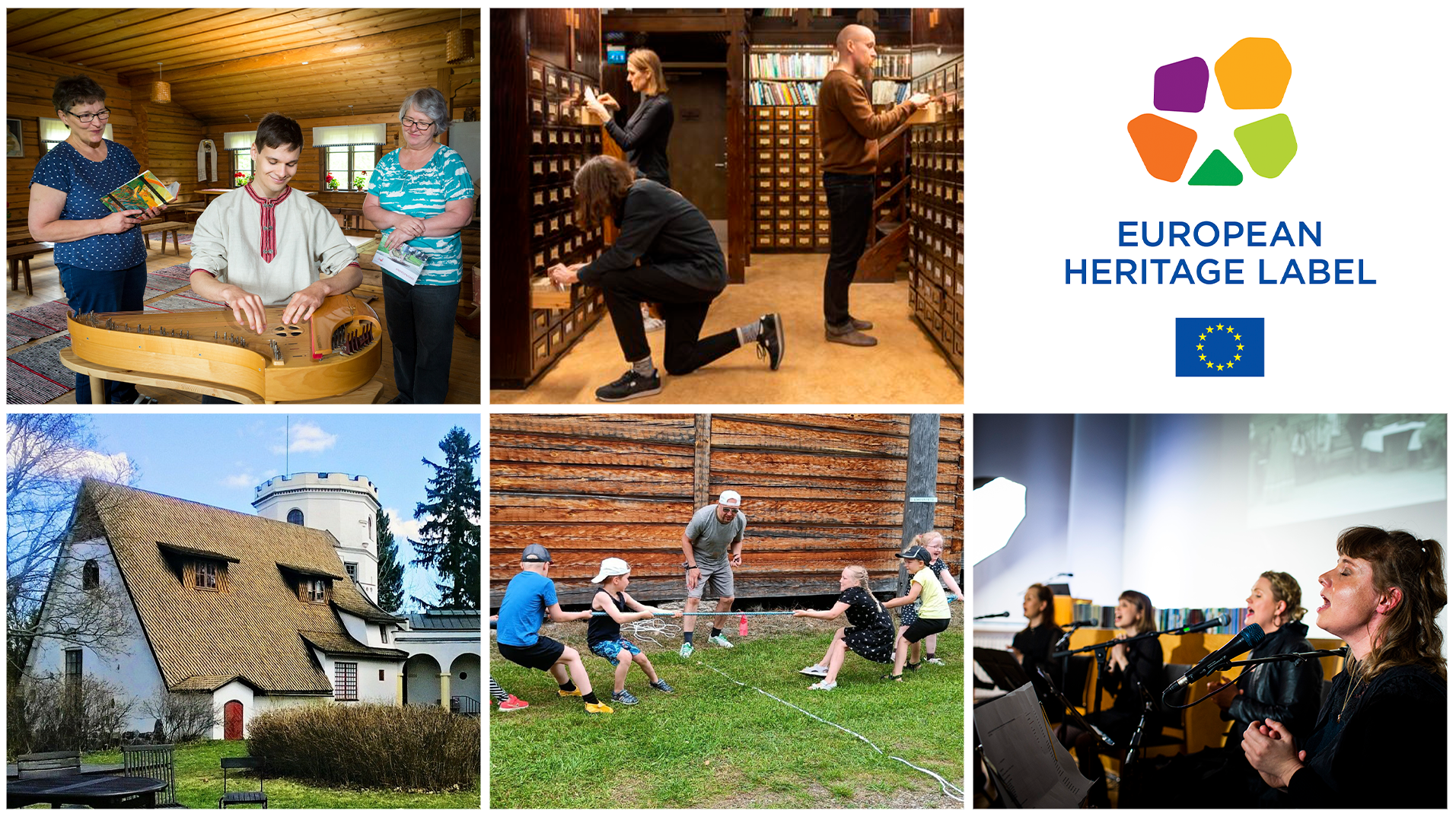
The Kalevala is based on Karelian and Finnish folk poetry and is a part of the European cultural heritage and epic traditions.
The European Commission has awarded the Kalevala with the European Heritage Label. The Label has been designated since 2013 to sites within the region of the European Union, which are central to European history, culture and integration.
According to the European Commission “The Kalevala is one of the most influential epics of 19th century, it is based on Karelian and Finnish vernacular tradition and influenced the nation building in Finland. While the Kalevala is highly respected as heritage of Finland, it also showcases the interchange and multi-layered nature of European cultures and identities.”
The Kalevala is one of the few objects of intangible heritage that has been awarded the European Heritage Label. The Kalevala was given the Label particularly because it is an epic that still has a living role in today’s world. The Kalevala evokes interest regardless of cultural boundaries. It is a source of inspiration to metal music and fantasy literature as well as to traditional handicraft and even to tattoo art. The Kalevala has been translated to more than 60 languages.
“This is a wonderful international recognition to the Kalevala and to the living heritage that relates to it. The Kalevala is a part of the European Cultural Heritage Label family and completes the image of the narrative traditions that still generate new scientific, artistic and cultural interpretations”, says Leena Marsio, Senior Advisor at the Finnish Heritage Agency.
The Kalevala (1849, The Finnish Literature Society, SKS) is a literary work compiled by Elias Lönnrot based on Karelian and Finnish folk poetry. It is a part of the European epic tradition, and from the beginning, it has had a strong societal and political dimension. The Kalevala was used in the process of Finnish nation-building, and it also relates to questions of identities and ownership of cultural heritage, relevant also in today’s Europe.
“The European Heritage Label puts the spotlight not only on the Kalevala, but also on the Karelian, Ingrian, and Finnish tradition behind the Kalevala. Furthermore, the Kalevala was influenced by the literary models from the Greek-Roman Classical Antiquity”, emphasizes Tuomas M. S. Lehtonen, the Secretary General of the Finnish Literature Society. “The story of Finnishess has been created from different cultural and literary sources. That makes the Kalevala contradictory and controversial. Controversy is what makes the Kalevala renewable and living cultural heritage, and it is what connects the Kalevala to the settings familiar to modern Europeans.”
Finland applied for the European Heritage Label to the Kalevala in the spring of 2023. Following the proposition made by the Finnish Heritage Agency, the Ministry of Education and Culture selected the next Finnish applicant. The application process for the Label was administered by the Finnish Literature Society together with the Kalevala Society Foundation, the Gallen-Kallela Museum, the Juminkeko Foundation, and the Rune Singer’s Village Parppeinvaara, as well as a broad network of collaborators. Several organizations knowledeable in the fields of the Kalevala, the Karelian language and culture as well as pedagogics are part of the network.
The European Heritage Label is a sign of recognition, but it also linked to a pedagogical project called The Kalevala – Epic kaleidoscope. The aim of the project is to increase awareness of Finnish and Karelian cultural heritage from today’s point of views: how do people and communities with different backgrounds understand the Kalevala and in what new ways is the epic construed today. In the project, participants learn to know the Kalevala through art, archival material, literature, rune singing (oral folk poetry) and folk music.
Finland has received the Label once before in 2022, when it was awarded to the Seminaarinmäki campus at the University of Jyväskylä and Equality of Education.
The European Heritage Label was now awarded to seven sites. Since 2013, the Label has been designated to a total of 67 sites relating to architectural and built heritage, documents, cultural environment and imtangible cultural heritage. The aim of the Label is to promote the knowledge of the history of Europe and the construction of the European Union, as well as the shared, and yet diverse, cultural heritage of the people in Europe. The Finnish Heritage Agency coordinates the use of the European Heritage Label in Finland. The next national call will take place in May-June 2024.
More information
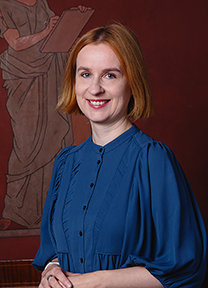
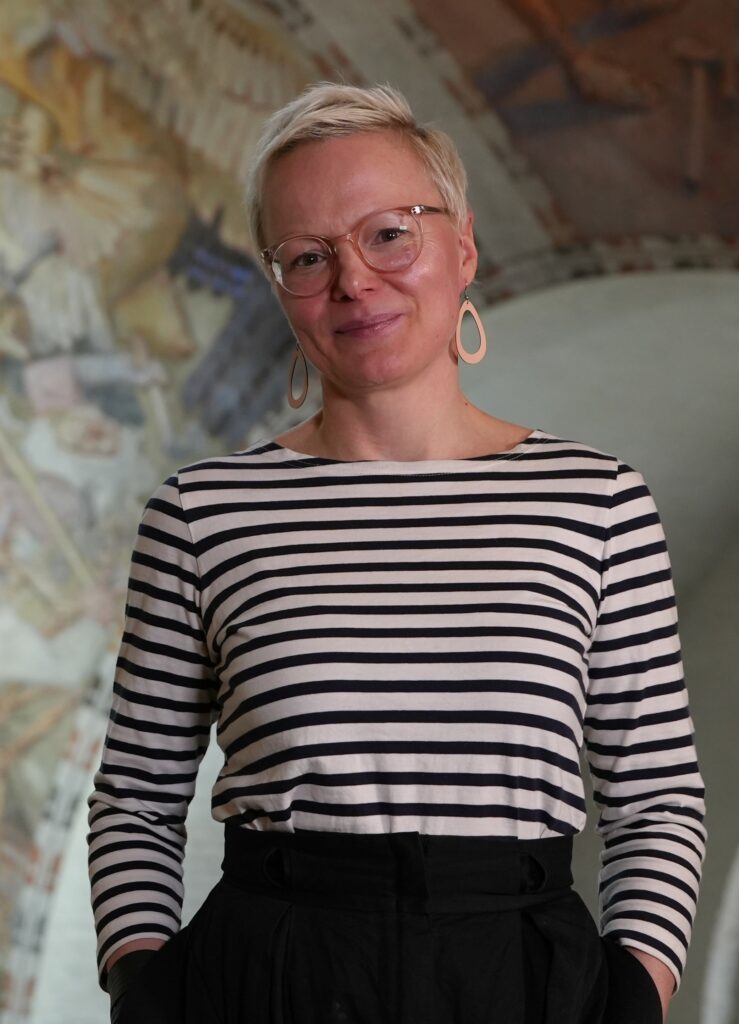
Niina Hämäläinen
Executive Director of the Kalevala Society Foundation
niina.hamalainen@kalevalaseura.fi+358 40 538 5144
